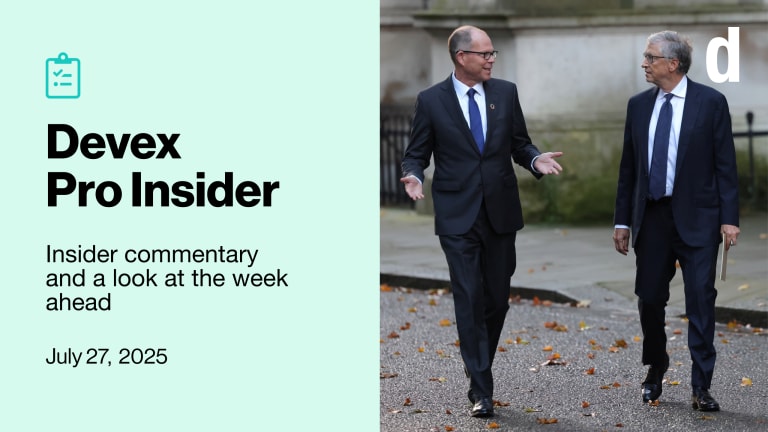There are enormous benefits to thinking and spending big to help the world address some of its biggest challenges, such as global health and climate change, according to Mark Suzman, CEO of the Bill & Melinda Gates Foundation.
In his latest annual letter, published Thursday, Suzman urges donors to give more — and more quickly — to maximize the potential impact on pressing global issues. One of the “most exciting parts” of philanthropy is that “it has the flexibility to adapt quickly and take risks others can’t, which can accelerate progress.”
To that end, the foundation is speeding up its own giving. Last week it announced its biggest annual budget ever this year. It plans to spend $8.6 billion, a 4% increase from 2023. The Gates Foundation board has pledged to increase the annual payout to $9 billion by 2026.








